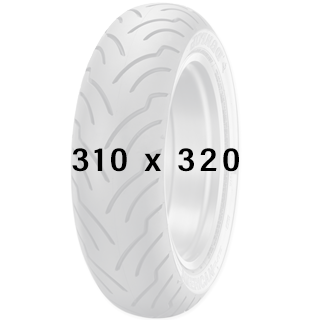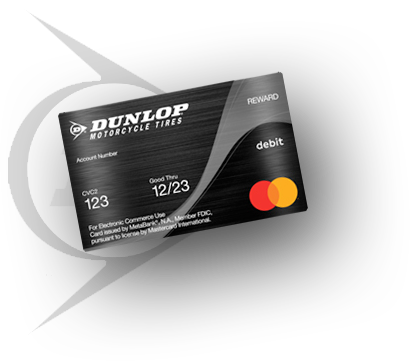Motorcycle Helmet Safety: Why You Should Never Ride Without One
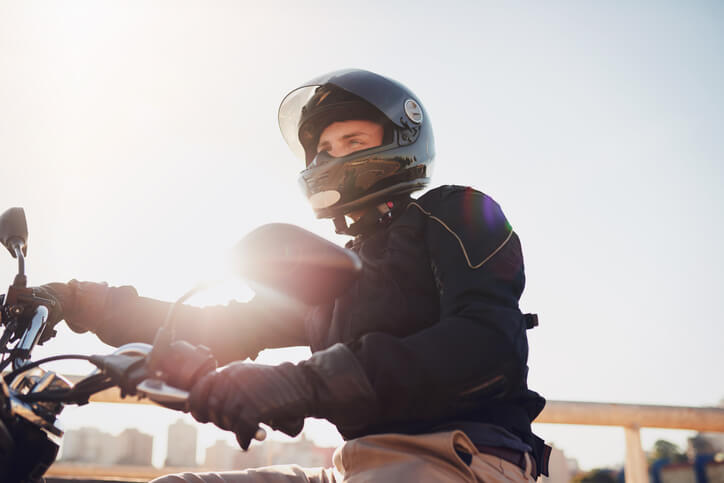
Over the years, motorcycles have evolved. They are now faster and more dynamic. Their technology has significantly advanced, and along with it, so has the motorcycle helmet.
According to the Insurance Institute for Highway Safety, motorcycle helmets are approximately 37 percent effective in preventing motorcycle fatalities. They are also around 67 percent effective in preventing brain injuries. These figures are proof positive that wearing protective headgear is essential for safety.
Why You Should Wear a Motorcycle Helmet
The most obvious reason to wear a motorcycle helmet is to protect the head and face. Common bike accidents include damage to the eyes and ears, broken bones and teeth, facial lacerations, nerve damage, scarring, and more. Some parts of the body are more sensitive than others. So, even a kicked-up rock may cause severe damage to an unprotected face.
Research carried out by the University of Wisconsin reveals that wearing a motorcycle helmet can also help to prevent significant damage to the spinal cord. Studying 1000+ motorcycle accident patients also showed that riders not wearing a helmet had a 6.2 percent high occurrence of cervical spinal injuries, particularly fractures of the cervical vertebrae.
Apart from providing physical protection, motorcycle helmets help the rider focus on the road; they do this by reducing wind and engine noise. Extended exposure to high noise levels when riding without a helmet can also result in permanent hearing damage.
Should you be unlucky enough to crash, you may find yourself with costly medical bills. To support this, a study by the University of Michigan stated that motorcycle helmet-wearing riders’ medical expenses were 20 percent lower than those not wearing a helmet. Put simply, wearing a helmet decreased the cost of hospitalization by more than 600 dollars per patient.
Also, failing to wear a motorcycle helmet adds to the financial burden of bike-related injuries. It can also result in more costly insurance premiums.
What are Motorcycle Helmets Made Of?
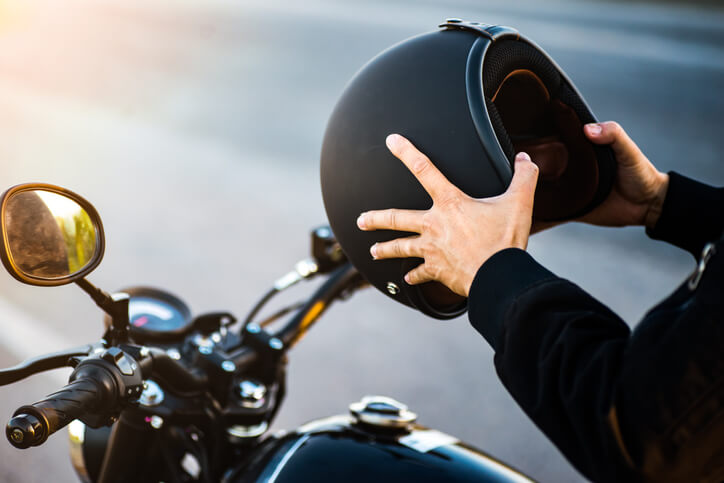
A motorcycle helmet comprises many components. These are the outer shell, chinstrap, middle layer, comfort liner, vents, and visor. To understand these components, let’s closely examine all six.
- Outer shell: The outer shell is the hard exterior of the helmet, and it protects against road debris, abrasion, and collision
- Chinstrap: This component ensures that the helmet stays on your head, especially when the helmet gets dragged away by strong wind or sudden movement
- Inner liner: These fit directly under the outer shell and act as a cushion against shock, and energy, preventing the head from becoming injured
- Comfort liner: Interior padding helps to make the helmet comfortable to wear. It provides good fit and stability, absorbing impacts, and providing general protection
- Vents: These keep the rider cool in hot conditions by providing a steady stream of air to prevent the visor from misting up. Some helmet designs allow you to open and close the vents to make climate adjustments easier. Not all helmets come with vents.
- Visor: A visor is an essential component of many helmets, as it provides protection for the rider’s eyes from debris, harsh weather conditions, and, often, noise. Additionally, some helmets come with an inner sun visor that helps to shield the eyes from the glare of sunlight or bright lights. However, it’s worth noting that not all helmets come equipped with visors, particularly adventure or MX helmets. In these cases, riders may need to wear goggles in order to protect their eyes.
Each of these six components adds to the helmet’s comfort and safety. Moreover, if your motorcycle goes into a skid, a helmet will protect your skull from directly hitting the road.
When it comes to choosing a motorcycle helmet, finding one that fits properly and is comfortable to wear is essential. Many helmet manufacturers offer recommendations for determining the correct sizing based on the measurement of your head, so it’s important to work off of those recommendations when selecting a helmet. Keep in mind that some helmets may fit more snugly at first but become more comfortable as they break in over time.
A well-fitting helmet not only ensures maximum protection in the event of a crash but also helps to reduce fatigue and discomfort during long rides. It’s important to try on multiple helmets and styles to find the one that fits best and meets your needs. Additionally, factors such as the helmet’s weight, ventilation, and noise levels can also play a role in overall comfort, so be sure to consider these aspects when selecting a helmet. With a little research and some careful consideration, you can find the perfect helmet that offers both optimal protection and comfort.
The good news is, though, motorcycle helmets are available in all sorts of designs, colors, styles, and fits. Also, many have optional extras. So, let’s look at some of the helmet types on the market today. Better yet, find out how to choose the right one for you.
How to Choose a Motorcycle Helmet
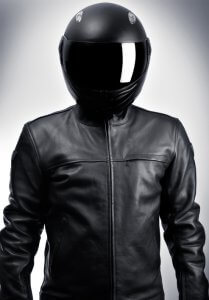
When selecting a helmet, it’s important to consider both the brand and model that best suit your motorcycle type and riding style. For riders who enjoy the sensation of the wind on their face, an open-fronted ¾ helmet may be the preferred choice. While this helmet protects the skull area, it also exposes the face to the elements, making it a great option for anyone who prefers a more open feel while riding. On the other hand, motocross helmets are specifically designed for off-roading, with features such as an angular chin-bar and a large front opening that is big enough to accommodate goggles.
It’s important to keep in mind that in the United States, helmets are required to have DOT approval in order to be legal for use. Additionally, some race tracks may require helmets to have SNELL approval or ECE approval. Some helmets have one, both, or all of these certifications, so it’s best to check and see what your particular helmet is approved for. Ultimately, choosing a helmet that fits well, provides adequate protection, and meets legal safety standards can help ensure that you stay safe while enjoying your ride.
Full-face helmets are an excellent choice for touring and track riding, as they provide the most comprehensive protection for both the head and neck. In fact, in many countries, full-face helmets are the only legal option for riders due to their superior safety features.
They are designed to cover the entire head, including the chin and face, and provide the most all-around protection from impacts, debris, and weather conditions. For riders who value safety above all else, a full-face helmet is the best choice. However, it’s important to choose a helmet that fits properly and provides a comfortable riding experience, as this can help to ensure that you’re able to focus on the road and enjoy your ride to the fullest.
Some new models include face ventilation to keep you cool and prevent visor mist. If music and navigational directions are important, opt for a full face with Bluetooth and an audio connection.
In some USA states, wearing a motorcycle helmet is not compulsory. This freedom means the choice to wear one is down to the individual. But if you are serious about safety and looking to protect your head, eyes, ears, and body in the event of an off or accident, then it’s a no-brainer!
Wear the right helmet and reduce the chances of brain damage and traumatic brain injury in an accident. What’s more, take your safety one step further by choosing Dunlop Tires. For professional advice on the safest tires for your motorcycle, find your nearest Dunlop Pro Dealer here.



